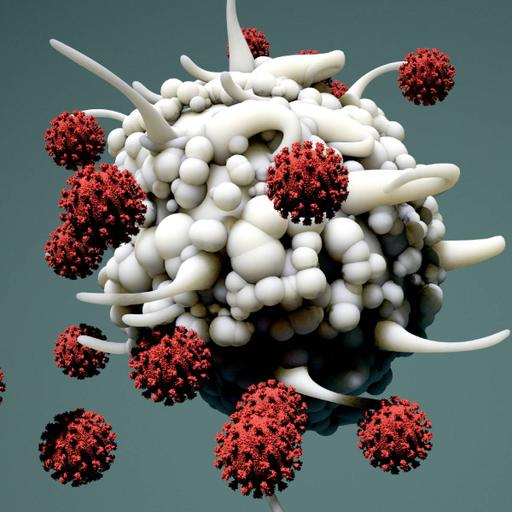Antigen Recognition B-Cell and T-Cell Receptors
Presentations | English
How does our body fight against the pathogens that enter our body? Antigen recognition B-cell and T-cell does the work. Once the B cells bind to this protein, called an antigen, they release antibodies that stick to the antigen and prevent it from harming the body. Then, the B cells secrete cytokines to attract other immune cells. They also present the antigens to T cells, which they recognise using their T-cell receptors. The T and B lymphocytes (T and B Cells) are involved in the acquired or antigen-specific immune response given that they are the only cells in the organism able to recognise and respond specifically to each antigen .The T-cell receptor differs from the B-cell receptor in an important way. T cells do not recognise free-floating or cell-bound antigens as they appear on the surface of the pathogen. They only recognise antigen on the surface of specialised cells called antigen-presenting cells.

Free
PPTX (74 Slides)
Antigen Recognition B-Cell and T-Cell Receptors
Presentations | English
